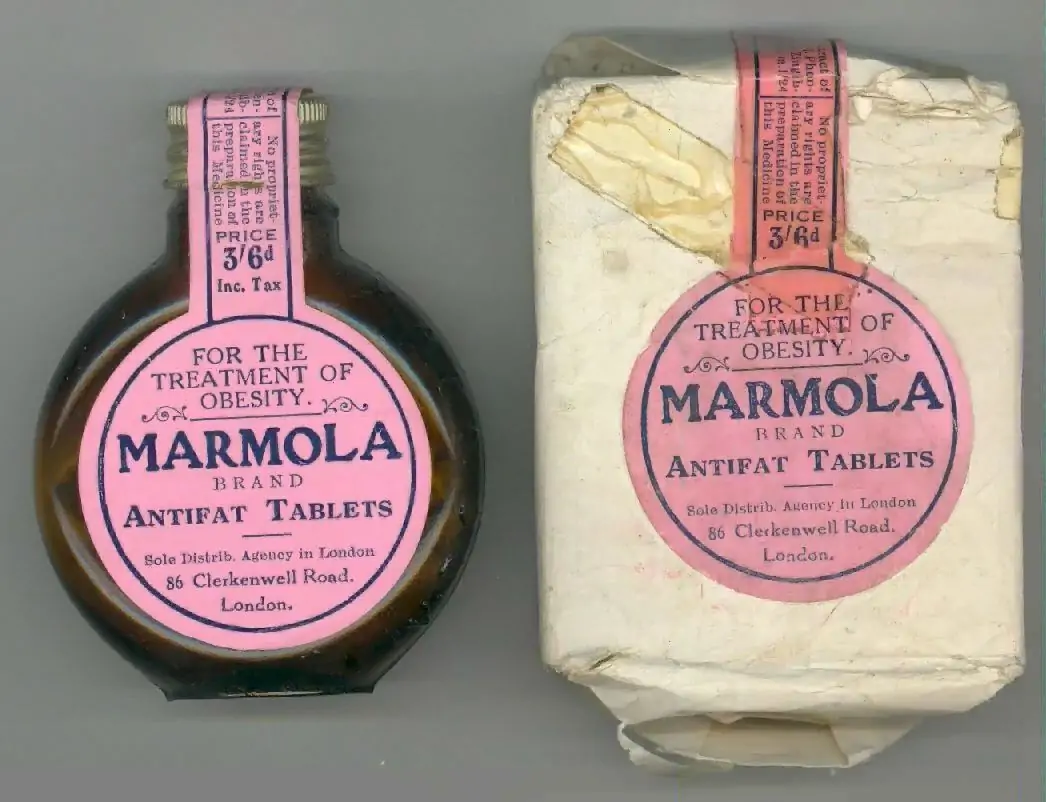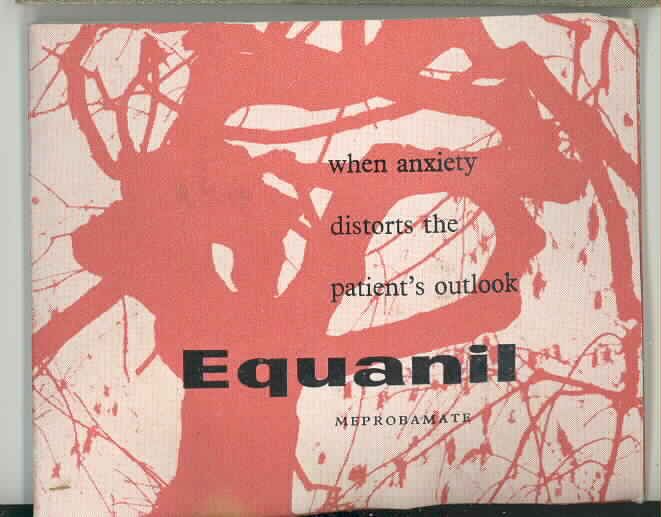By Katherine McKittrick

Winnie-the-Pooh

As the main protagonist of the beloved stories, Pooh Bear is an extremely lovable bear. One of his main attributes is his obesity. His eating disorder is presented in the books as less of an affliction and more as a hindrance to his neighbours. At one point, Pooh eats so much honey that he is unable even to leave Rabbit’s home. There are several objects in Thackray’s collection that highlight the history around weight-loss and obesity. Marmola’s Anti-Fat Tablets is one of these items.
These tablets were advertised in newspapers as providing people with the ability to stay thin while avoiding exercise and healthy diets. However, these tablets were banned as they were found to contain mostly laxatives, along with animal thyroid extract, which was dangerous to consume. In the early twentieth century, when these tablets were produced, obesity patients were often subjected constant malice and stigmas regarding their lifestyles.
Piglet

Piglet’s diagnosis is very familiar in modern medicine: anxiety disorder. He is often scared of every noise and disruption and cannot function normally due to his sensitivity. Anxiety was not nearly as diagnosed and recognised in the early twentieth century, but it has many of the same symptoms as post-traumatic stress disorder (PTSD). A. A. Milne has been described as having PTSD after his experience in World War I. It is possible he attributed these symptoms to Piglet’s character, thus normalising them. Thackray does not have an extensive collection on anxiety disorders because treatment did not start until much more recently. There is one object produced in the 1950s that is found in the museum, however. It is a packet of Equanil tablets. This is a brand name for the drug meprobamate, which was used often as a tranquilliser for anxiety patients. It was found to be exceptionally strong and deemed dangerous for the general public after patients became addicted to it. It is now classed as a controlled substance after its withdrawal symptoms included seizures and hallucinations. Its licence was only recently cancelled in 2016.
Eeyore

Eeyore is my personal favourite Winnie-the-Pooh character because his disorder is much more prominent and recognised within the Hundred Acre Wood. The stories may not mention the word depression or, more specifically, dysthymic disorder, but Eeyore’s personality is not at all sugar-coated. He is constantly down on himself and his mood impacts him so much that he is unable to do anything about the dire circumstances he finds himself in. The museum has a large supply of quack medicines on display as well as in storage. One of these medicines is Bishop’s Tonules Tonic Tablets. This medicine is advertised as providing a cure to symptoms of nervous and mental exhaustion including depression, fatigue, and impaired vitality. The reason it is classed as a quack medicine is because it in no way achieves its goal. It was produced in 1920 when very little was understood about the chemical and biological causes of neurodevelopmental disorders. Depression was recognised but still treated as something one needed to be locked up over. Sigmund Freud had only just begun discussing depression and its many facets.
Owl

Owl’s affliction is much more noticeable than some of the other disorders. Owl suffers from a very prominent reading disorder. His inability to read even leads to the main plot in some of the stories. The object that is held in the Thackray Museum is a test for illiterates. The letter E can be rotated to test the visual acuity of the patients and to check if they know which way the letter is supposed to face. Dyslexia and other reading disorders were not then understood to be a disorder at all. They were often only recognised as an inability to focus on learning. Dyslexia was only starting to be diagnosed and properly recognised in the 1970s.
Tigger

“T-I-double guh-er! That spells Tigger!” Tigger is one of the most memorable and goofy characters in Winnie-the-Pooh and another of my favourites. He is filled to the brim with energy, which is why he is diagnosed as having ADHD. His hyperactivity is not seen as a particularly negative aspect, except by Rabbit. Hyperactivity was also not deemed a negative behaviour in the early twentieth century. The Thackray Museum has a few medicinal objects that contain the drug benzedrine. One such object is a benzedrine inhaler. This inhaler was used to treat nasal congestion until it was discovered in the 1930s by Charles Bradley to help hyperactive children to behave better in class. Today, this drug is rarely used unless for narcolepsy or similar cases.
Learning about these characters in depth has been an insightful experience. Many of the behaviours these characters portray have been normalised by these stories and have caused many children who show signs of similar symptoms to feel more accepted. However, it could also be argued that these stories might have hindered the process of recognising and treating any related disorders due to the normalisation of them. Now that Winnie-the-Pooh has entered the public domain, will pharmaceutical companies use Eeyore’s recognizable face to push depression medication.
Katherine McKittrick is a student at Leeds Beckett University. She is assisting with the enrichment of the Thackray Museum’s collections records as part of her applied humanities course.
